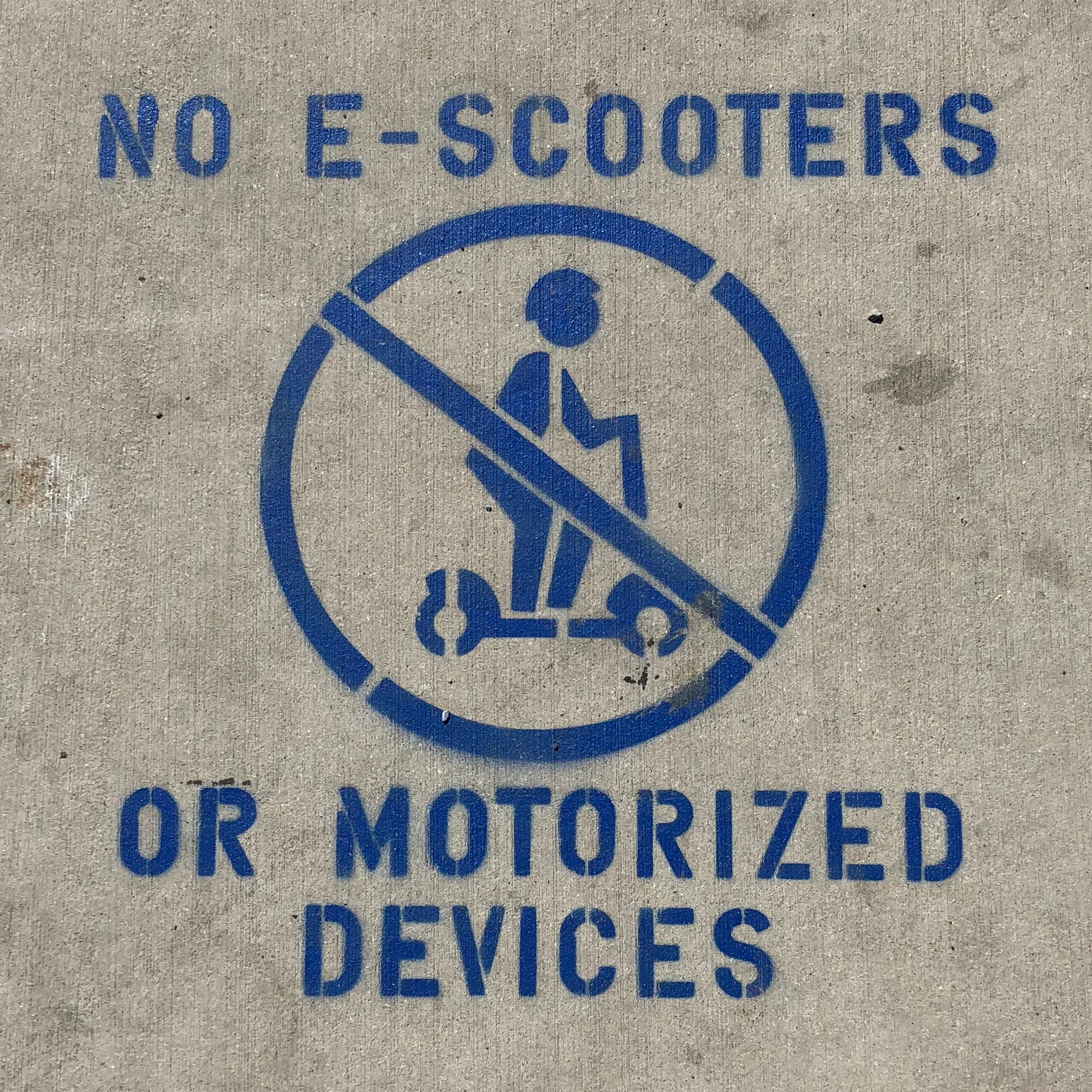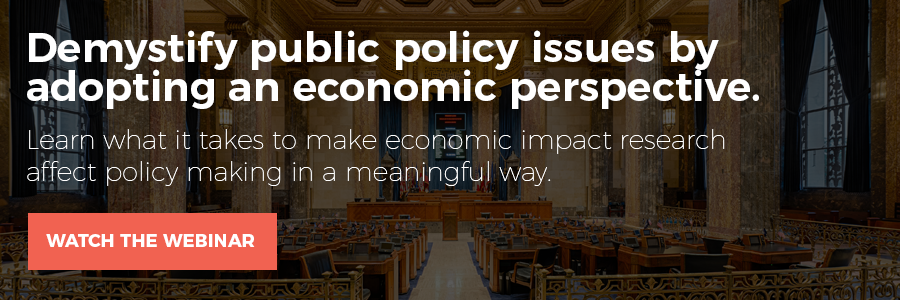When scooters swooped into Richmond, Virginia overnight last August, battle lines emerged just as fast. Like other cities where the electric, dockless flock cropped up with little to no warning, some decried while others praised the newcomers. Several groups of residents urged government leaders to roll out the welcome mat instead of red tape, but politicians voiced concerns about safety as they issued directives to squash the permit-less scooters.
The end result of the Richmond scooter invasion echoed the story from other cities: implement a pilot program and gauge the results. On enacting the program, Richmond Mayor Levar Stoney said, “Richmond will do this the right way,” according to news reports.
The American transportation landscape is still dominated by freeways and cars. Still, most of those car trips are short. Are alternative transportation needs and environmental concerns strong enough in America to pay off for investors who have poured billions into scooter start-ups? That debate among investors rages on, while, on the front lines, key data is being gathered by some American municipalities.
GAUGING DEMAND
 Here in Part 1, we're setting the stage for how to examine the potential economic impact of e-scooters. Stay tuned for Economics of E-Scooters: Part 2 to see what scooters might bring to a city's economy and the consequences of decreased ridership in other modes of transportation.
Here in Part 1, we're setting the stage for how to examine the potential economic impact of e-scooters. Stay tuned for Economics of E-Scooters: Part 2 to see what scooters might bring to a city's economy and the consequences of decreased ridership in other modes of transportation.Using rider surveys and leveraging data-sharing requirements of the scooter companies, cities across the country began painting a picture of how well scooters might do in the United States.
Portland, Oregon’s Bureau of Transportation recently completed one of the most comprehensive studies to date of e-scooters’ impact on a city. It came about a year after e-scooters’ 2017 debut, around the time e-scooters were operating in 65 U.S. cities, 43 of which they entered without asking for permission.
In addition to data about the frequency, location, and time of scooter and bike trips required of the companies, Portland also conducted surveys of riders. The online survey of 301 Portland residents set quotas by age, gender, area, race/ethnicity, and educational attainment to match the makeup of the city.
Portland’s study found that “tens of thousands of Portlanders and visitors alike enthusiastically embraced scooters.” During the pilot’s four-month period, people took 700,369 trips covering 801,887 miles on 2,043 e-scooters. Perhaps more importantly, it went on to say that e-scooters also replaced traditional forms of transportation, with 34 percent of Portland riders and 48 percent of visitors reporting in a survey that they took an e-scooter instead of driving a personal car or using Uber, Lyft, or taxi.
In Charlotte, North Carolina, a pilot study’s ridership data told a similar story. It revealed that the maximum 400 scooters Bird and Lime were each allowed to operate over a few months in the summer of 2017 outpaced bike riders.
“While bikes require pedaling, balancing and, in the summer, sweating, electric scooters propel riders at faster speeds with the flick of a thumb lever,” the Charlotte Observer noted.
In three months, the Charlotte Department of Transportation counted more than 174,000 electric scooter rides, compared to approximately 173,264 dockless bike rides. The data for July 2017 alone showed bike users took 27,453 trips and rode 19,430 miles, the Observer reported. The pilot convinced Charlotte leaders to enact a permanent program.
Leaders in both Portland and Charlotte felt that scooters and e-bikes, in the end, had the potential to reduce traffic congestion, reduce the number of injuries and fatalities related to car accidents, and possibly reduce pollution. Portland’s study noted that more data is needed – “especially regarding e-scooter operations and lifecycle costs – before we can definitively say how much or even whether e-scooters directly contribute to a reduction in greenhouse gasses.”
WHAT ARE THE LIMITS?
Despite their popularity, the cities noted that these new entries into the transportation landscape still have some hurdles to overcome.
Part of their future success seems to hinge on the scooter company’s behavior going forward, particularly when it comes to introducing the products to new places and complying with city policies. Other than being met with cease-and-desist orders when they invaded a city unannounced, the companies also didn’t always comply with a city’s requirements once a pilot program was enacted.
Portland required the company to locate at least 100 scooters in East Portland communities each day as well as offer a low-income fare, with a stated goal of expanding transportation access to low-income communities. The study found that companies didn’t consistently comply with this requirement, only enrolling 43 Portlanders in the low-income plan. In addition, the survey results indicated that while East Portlanders and African-American Portlanders expressed enthusiasm for e-scooters, some focus group participants also “expressed an overall concern for traffic safety and the risk that Black e-scooter riders would be targeted for racial profiling and harassment.”
“Along with staff observations, this suggests low company performance in aligning business practices with City equity goals,” the study concluded.
In addition to expressing concern over equity, Charlotte, North Carolina’s study also noted safety concerns other cities have also hit on. Helmet-less scooter riders could be seen riding on already-crowded sidewalks plus scooters or e-bikes occasionally left in unsafe places.
MOVING FORWARD
Both studies called for additional data before making more definitive conclusions. Many others are calling for the same thing.
Still, E-bikes and dockless scooters are no doubt on a frontier for alternative modes of transportation. But there are still more questions than answers about whether they will catch on as they have in some European cities.



.png?width=80&name=IMPLAN_Logo_Print-Vector_NEW%20(2).png) Copyright 2025
Copyright 2025